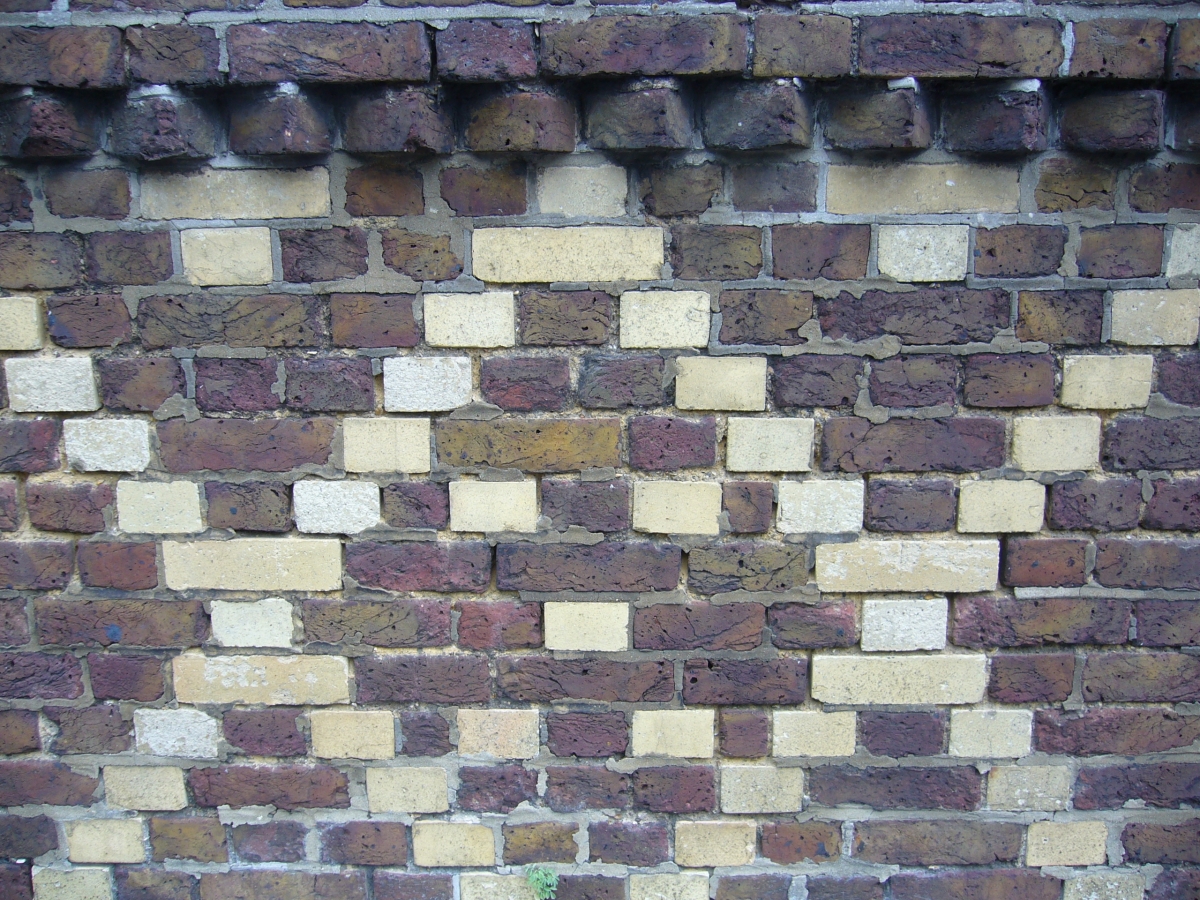Much of the guidance given by the SPAB over our Technical Advice Line concerns the 'undoing' of well-intentioned but ill-conceived work carried out from the mid-20th century to historic buildings. Such work has frequently involved the replacement of lime renders on external walls with highly unsuitable modern cement coverings – a serious time bomb.
Why may a modern cement render be inappropriate for an old building?
A modern cement render is incompatible with the construction of most old buildings and can cause or accelerate serious decay. Modern buildings generally depend on an impervious outer layer and cavities to keep out moisture. By contrast, old buildings tend to rely on their permeable nature ('breathability') to allow water absorbed by the fabric to evaporate back out.
The use of an impervious Portland cement render in place of a traditional lime-based covering restricts evaporation. Hairline cracks form due to the mortar being more rigid than the wall. These then draw in water that becomes trapped in the fabric. Timber-framed and earth-constructed buildings, in particular, can suffer major structural damage if moisture builds up behind a cement render.
Inappropriate cement pointing on lime bedded bricks
How to tell if a render is lime or cement
If the building pre-dates about 1800, the original render is likely to have been of ordinary (non-hydraulic) lime or natural hydraulic lime that has a weak chemical set.
Lime-based renders provide a different aesthetic effect to cementitious ones. Although a range of finishes exists with each, the latter has a more uniform appearance, and corners and details are sharper and more defined.
Weathering characteristics also differ. Cement renders often fail in patches and detach from the wall, whereas lime renders erode back gradually in a more even manner.
Should all the inappropriate cement render on my pre-19th century house be removed?
Not necessarily. Although remedial action should ideally involve removal, this may cause further damage to the fabric. A small area should, therefore, be removed as a trial.
Where the render adheres well, it is probably best to leave it to age naturally. Sometimes a compromise may be possible, perhaps just removing the render at the base of walls or hollow-sounding patches where localised deterioration has occurred.
How to remove cement render from stone walls
Cement renders can sometimes be removed by working over the surface with a hammer, aided, where necessary, by a chisel. Great care must be exercised. If large sheets are levered off, soft underlying materials may be seriously damaged.
Various power tools can also be suitable but only in highly experienced hands.
Should inappropriate cement render be replaced once removed?
Yes, it is generally a mistake not to replace render. There is a good chance that the building was rendered originally. Even if it was not, the rendering may have been applied at a later date as necessary protection against the weather.
When a cement render has been removed, re-rendering should be delayed for a short period to allow drying out if the underlying fabric is saturated. Additionally, any areas of decayed backing must be made sound before the new render is applied to prevent its early failure.
With what should I replace inappropriate cement render?
Generally a weaker and more permeable lime render without the addition of cement. It is important that the render is applied by someone familiar with lime-based materials. The SPAB may be able to advise on suitable contractors or courses.
While a non-hydraulic render may be appropriate in certain circumstances, in many cases a mix with a faster and harder set might be desirable. This can be achieved by adding pozzolans (materials such as dust from soft and low-fired bricks) or using a natural hydraulic lime without additives (strong hydraulic limes, however, should be avoided). Mixes with a hydraulic set may be used for patch repairing walls where appropriate cement renders can only be partially removed. Epoxy resins should be avoided.
What should I use to paint or treat replacement render?
A traditional limewash will normally be most appropriate. The high water permeability will allow the walls to 'breathe'.
As with cementitious renders, standard modern paint systems usually have a lower permeability and there is the risk of moisture becoming trapped. The application of colourless water-repellent solutions is also inadvisable because their long-term effects are unknown.
Will any further remedial action be necessary after removing an inappropriate cement render?
Possibly. A wall previously covered with a cement render for some time is likely to have a high salt content. A new lime render may act like a poultice and initially draw the salts out. Areas of excessive salt loading can cause localised premature decay (particularly at the base of the wall). Some remedial re-rendering after a couple of years might be required.
Further Reading
English Heritage (2011) Mortars, Plasters and Renders, Practical Building Conservation, Farnham: Ashgate Publishing Ltd
Hughes, P (2017) The Need for Old Buildings to ‘Breathe’, SPAB Information Sheet, 2nd edition, London: SPAB
Oxley, R (1999) 'Mistaken Protection'. SPAB News, 20 (2), pp16-19
Ratcliffe, T and Orton, J (1988) 'Success with Lime Renders'. Context, 59, pp16‑18
Society for the Protection of Ancient Buildings (2016) ‘Breathable’, ‘Breathability’ and Old Buildings, SPAB Statement, London: SPAB
Technical advice line
Get involved

